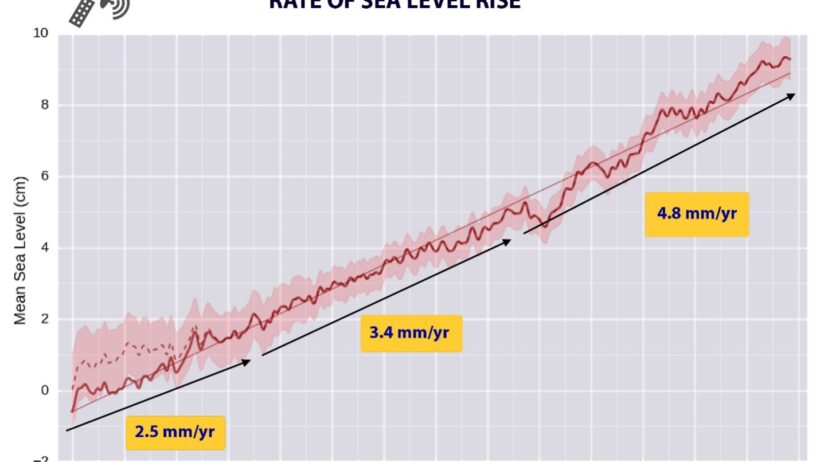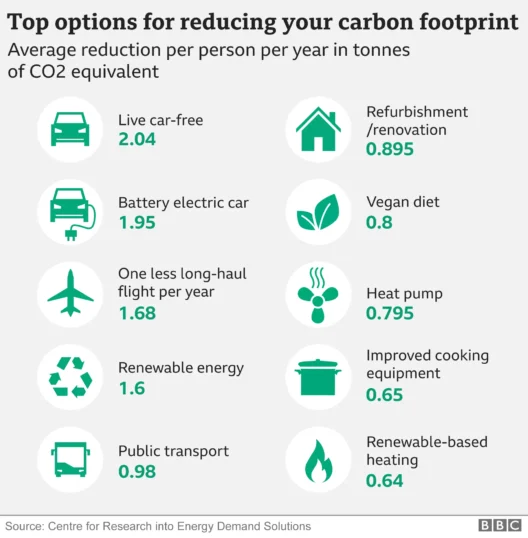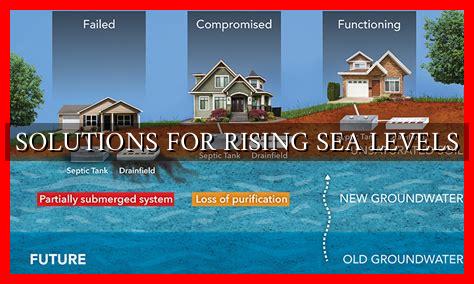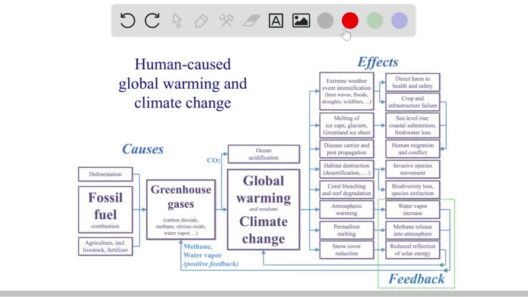In recent years, the phenomenon of climate change has brought the issue of rising sea levels to the forefront of environmental discussions. For Florida, a state with an extensive coastline and low-lying topography, the implications of this change are particularly alarming. The question that looms large is: how fast is the sea level rising in Florida? Understanding the rate of ocean-level increase in the Sunshine State is not just a matter of curiosity; it’s essential for planning, infrastructure development, and protecting natural ecosystems.
Over the past few decades, sea levels have been rising significantly due to factors such as the melting of polar ice caps and thermal expansion of seawater as it warms. In Florida, the average rate of sea level rise is estimated to be greater than the global average, a concern that local residents and policymakers cannot afford to overlook. This article will dissect the nuances surrounding sea level rise in Florida, exploring its current trajectory, potential impacts, and necessary adaptive measures.
The Current Rate of Sea Level Rise in Florida
Scientific data indicates that Florida has experienced a staggering increase in sea levels over the last century. On average, sea levels have risen about 8 inches since the early 20th century, with projections suggesting a rise of an additional 1 to 2 feet by 2050. Recent models indicate that certain regions of Florida could see even more dramatic increases due to localized factors such as land subsidence and ocean currents.
In cities like Miami, the rate of sea level rise can be as high as 3 to 4 inches per decade, a rate that outpaces much of the nation. The increased frequency of king tides and flooding during heavy rainstorms has become a stark reality for many Floridians. Local measurements show that during king tide events, the resulting coastal inundation can disrupt everyday life, causing significant economic and infrastructural challenges.
The Factors Driving Sea Level Rise
Understanding the dynamics of sea level rise is critical in piecing together the future of Florida’s shores. Several interlinked factors contribute to this phenomenon, each with its own intricate mechanisms.
Melting Glaciers and Ice Sheets: As global temperatures rise, polar ice caps are melting at an accelerating rate, releasing vast quantities of freshwater into the oceans. This influx raises sea levels and threatens coastal regions worldwide.
Thermal Expansion of Water: When seawater warms, it expands. This thermal expansion is a significant contributor to rising sea levels. Florida’s coastal waters, warming due to climate change, are experiencing this phenomenon firsthand.
Land Subsidence: Certain regions in Florida are undergoing subsidence, where the land gradually sinks due to geological factors and human activities like groundwater extraction. In places such as the Florida Keys, this phenomenon compounds the effects of rising seas, leading to increased vulnerability.
Impacts on Coastal Communities
The implications of rising sea levels for Florida’s coastal communities are profound and multifaceted. One of the immediate effects is the increased risk of flooding, particularly during seasonal storms and hurricanes. Floodwaters can lead to property damage, displacement of residents, and a strain on local economies.
Infrastructure is also at risk. Roads, public transportation systems, and essential services like water treatment plants face the dire prospect of frequent inundation. More importantly, key industries such as tourism and fishing, both mainstays of Florida’s economy, could suffer from the erosion of beaches and degradation of marine ecosystems.
In addition to these economic considerations, there are environmental risks in play. As saltwater intrudes into freshwater aquifers, the availability of potable water diminishes, threatening both human health and ecological balance. The delicate biodiverse habitats along the coast – from mangroves to coral reefs – are also vulnerable to disruption as sea levels rise.
Adaptation and Mitigation Strategies
Addressing the challenges posed by rising sea levels requires an informed approach that balances conservation with urban planning. Local and state officials are exploring various adaptation strategies to safeguard communities while preserving natural ecosystems.
One primary tactic is the implementation of resilient infrastructure, designed to withstand both flooding and storm surges. Elevating homes and businesses, constructing sea walls, and enhancing drainage systems are just a few examples of how Floridians are adapting to new realities.
Additionally, restoring natural barriers such as wetlands and mangroves can provide critical protection against coastal flooding. These ecosystems not only buffer land from wave energy but also serve as vital habitats for numerous species. Community engagement and stakeholder involvement in these restoration projects are essential for their success.
Furthermore, state policies aimed at reducing greenhouse gas emissions must tie into local efforts for adaptation. Committing to cleaner energy sources and sustainable practices will be crucial in mitigating the broader impacts of climate change on sea levels.
Conclusion: The Imperative for Action
The pressing question of how fast sea levels are rising in Florida requires immediate attention and action. As data shows alarming trends, the state must prioritize adaptive measures and proactive planning to protect its residents and cherished natural landscapes. The rising tides call for an urgent, united response to ensure that Florida remains resilient in the face of this existential threat.






